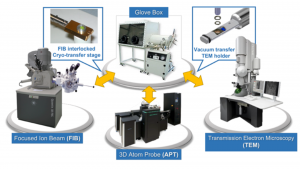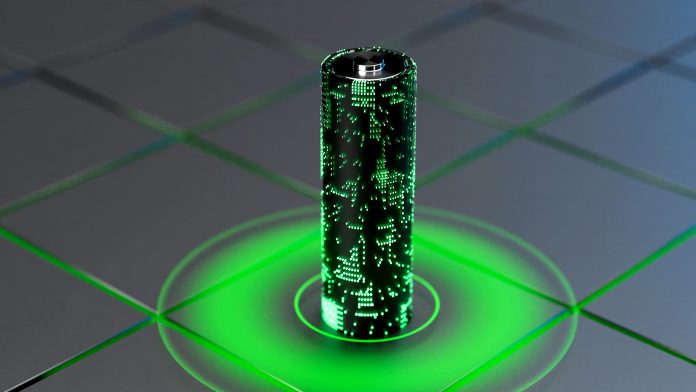Researchers from KIST are driving battery innovation through a self-designed battery analysis platform.
As the global effort toward carbon neutrality accelerates, automakers around the world are exploring ways to convert internal combustion engine vehicles into electric vehicles (EVs). There is a further effort to improve the performance of an EV’s central battery technology, the lithium-ion battery. Lithium-ion batteries have held a dominant market share in most market segments since their commercialisation in 1991, thanks to the continuous improvement in energy density and efficiency.
However, certain occurrences within this battery technology are not well understood, such as the expansion and deterioration of the anode material. To improve this knowledge, a research team from the Korea Institute of Science and Technology (KIST), led by Dr Jae-Pyoung Ahn (Research Resources Division) and Dr Hong-Kyu Kim (Advanced Analysis and Data Center), have succeeded in analysing the expansion and deterioration of the anode material within batteries, focusing on the movement of lithium ions.
Accurate observation is vital to improving battery safety
Changes that occur in the internal electrode materials during the charging and discharging processes of a lithium-ion battery affect its performance and lifespan. Such changes are difficult to monitor during operation, however, because battery materials, such as electrodes and electrolytes, are instantly contaminated when exposed to the air. Because of this, the most important factor when improving performance and safety is the accurate observation and analysis of structural changes in the electrode material during lithium ion migration.
During charging and discharging, the lithium ions move to the anode in a lithium-ion battery.
Observing a silicon-graphite composite anode
The KIST research team succeeded in real-time observation of a silicon–graphite composite anode, being studied for its commercial use as a high-capacity battery. Silicon has a charging capacity that is ten times higher than that of graphite, a material that is typically used in the anode of a battery. The volume of silicon nanopowders quadruples during the charging process, however, meaning that it is hard to guarantee performance and safety.

Researchers have theorised that the nanopores that are formed during the mixing of the silicon-graphite composites can accommodate the volume expansion of silicon during battery charging, subsequently changing the battery volume. Direct observation with electrochemical voltage has never confirmed the role of these nanopores, however.
Driving battery innovation through a battery analysis platform
The KIST research team used a self-designed battery analysis platform to directly observe the migration of lithium ions into the silicon-graphite composite anode during charging. The role of the nanopores was also identified by the team.
The researchers found that lithium ions migrate sequentially into the carbon, nanopores, and silicon in the silicon–graphite composite. It was also noted that the nano-sized pores tend to store lithium ions (fore-filling lithiation) before the lithium-silicon particles (Si lithiation). As previously believed, the micro-sized pores accommodate the volume expansion of silicon.
From this discovery, the research team suggested that a new approach that distributes micro- and nano-sized pores to alleviate the volume expansion of silicon, improving the safety of the material, is vital for the design of high-capacity anode materials for lithium-ion batteries.
Dr Ahn, Head of KIST Research Resources Division, stated: “Just as the James Webb Space Telescope heralds a new era in space exploration, the KIST battery analysis platform opens new horizons in material research by enabling the observation of structural changes in electric batteries.
“We plan to continue the additional research necessary for driving innovations in battery material design, by observing structural changes in battery materials that are not affected by atmospheric exposure.”









